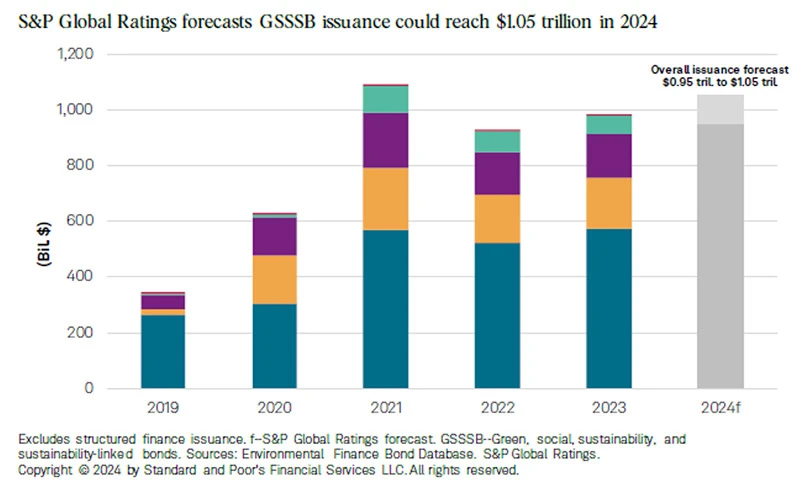Disclaimer
Please read this important information before proceeding further. It contains legal and regulatory notices relevant to the information contained on this website.
The information contained in the Website is NOT FOR RETAIL CLIENTS – The information contained in the Website is solely intended for professional investors, defined as investors which (1) qualify as professional clients within the meaning of the Markets in Financial Instruments Directive (MiFID), (2) have requested to be treated as professional clients within the meaning of the MiFID or (3) are authorised to receive such information under any other applicable laws. The value of the investments may fluctuate. Past performance is no guarantee of future results. Investors may not get back the amount originally invested. Neither Robeco Institutional Asset Management B.V. nor any of its affiliates guarantees the performance or the future returns of any investments. If the currency in which the past performance is displayed differs from the currency of the country in which you reside, then you should be aware that due to exchange rate fluctuations the performance shown may increase or decrease if converted into your local currency.
Robeco Institutional Asset Management UK Limited (“RIAM UK”) markets the Funds of Robeco Institutional Asset Management B.V. (“ROBECO”) to institutional clients and professional investors only. Private investors seeking information about the Robeco Funds should consult with an Independent Financial Adviser. ROBECO will not be liable for any damages or losses suffered by private investors accessing the website.
RIAM UK is an authorised distributor for ROBECO Funds in the UK and has marketing approval for the funds listed on the website, all of which are UCITS Funds. ROBECO is authorised by the AFM and subject to limited regulation by the Financial Conduct Authority.
Many of the protections provided by the United Kingdom regulatory framework may not apply to investments in ROBECO Funds, including access to the Financial Services Compensation Scheme and the Financial Ombudsman Service. No representation, warranty or undertaking is given as to the accuracy or completeness of the information on this website.
If you are not an institutional client or professional investor, you should therefore not proceed. By proceeding, please note that we will be treating you as a professional client for regulatory purposes and you agree to be bound by our terms and conditions.
If you do not accept these terms and conditions, as well as the terms of use of the website, please do not continue to use or access any pages on this website.
Sustainable Investing
Green, social and sustainability (GSS) bonds
Green, social, and sustainability (GSS) bonds finance projects with measurable environmental, social, or sustainability objectives. Green bonds fund eco-friendly projects such as renewable energy and climate adaptation. Social bonds address social challenges like affordable housing and healthcare. Sustainability bonds support projects with both green and social goals, advancing broader ESG objectives.
The first green bond was issued in 2007 by the European Investment Bank, followed by the World Bank in 2008, to fund environmental projects. Since then, the market has rapidly evolved, particularly over the last decade, as investors and issuers have prioritized sustainability.
Social bonds emerged later, with notable growth after the Covid pandemic in 2020-2022, as issuers sought funding for health and social welfare programs. Sustainability bonds have also gained traction as issuers seek to address both environmental and social challenges simultaneously.
In November 2023, Brazil sold its first-ever green bond, intended to support plans to safeguard the Amazon. The US is one of the largest sources of green bonds, where state and local governments have used them to fund environmental infrastructure projects.
Trillion-dollar market
The GSS bond market has experienced exponential growth, expected to exceed USD 1 trillion in annual issuance by 2024 for the first time, according to S&P Global, driven by increasing regulatory support and investor demand for sustainable finance solutions.1
Green bonds make up the largest share, but social and sustainability bonds are growing rapidly, reflecting a diversification of sustainability-focused financing. Governments, corporations, and supranational organizations are now among the major issuers of GSS bonds. Blue bonds have recently emerged as a form of GSS to finance projects that protect oceans and related ecosystems.

Investing in green bonds
Green bonds are now an integral part of Robeco’s fixed income portfolios across both macro and credit strategies, with total investments exceeding EUR 3.5 billion and expected to grow further. In 2024, Robeco expanded its commitment to green bond investing by launching High Income Green Bonds. By combining active interest rate and credit strategies to provide diversification, it invests in securities issued by governments, government-related agencies, and corporates.
The fund leverages three main sources of return: fixed income asset allocation, global rates, and credit selection.
To ensure genuine impact and avoid greenwashing, Robeco uses a proprietary five-step green bond selection framework to make sure that the bonds are legitimately invested in environmental projects. This evaluates:
Alignment with market standards
The positive allocation of proceeds
Credible impact reporting
The issuer’s environmental strategy
Adherence to international norms
Only green bonds that meet these stringent criteria and align with the latest sustainable finance regulations are eligible for portfolios, ensuring that investments drive real environmental change.
Frameworks like the International Capital Market Association’s Green Bond Principles and Social Bond Principles, and the EU’s European Green Bond standard also ensure transparency and credibility in the issuance and reporting process.
1https://www.weforum.org/stories/2024/11/what-are-green-bonds-climate-change/
















